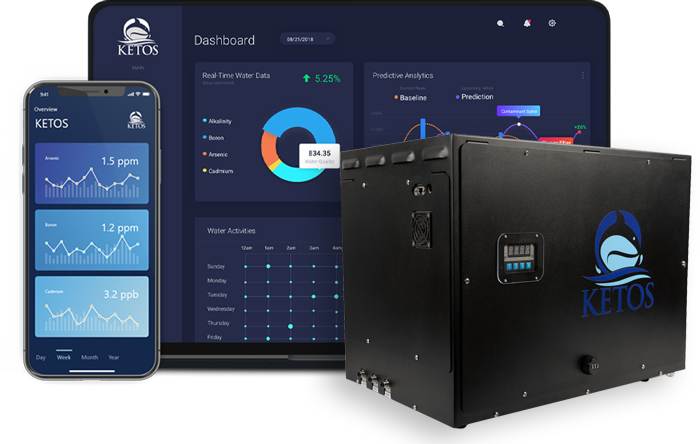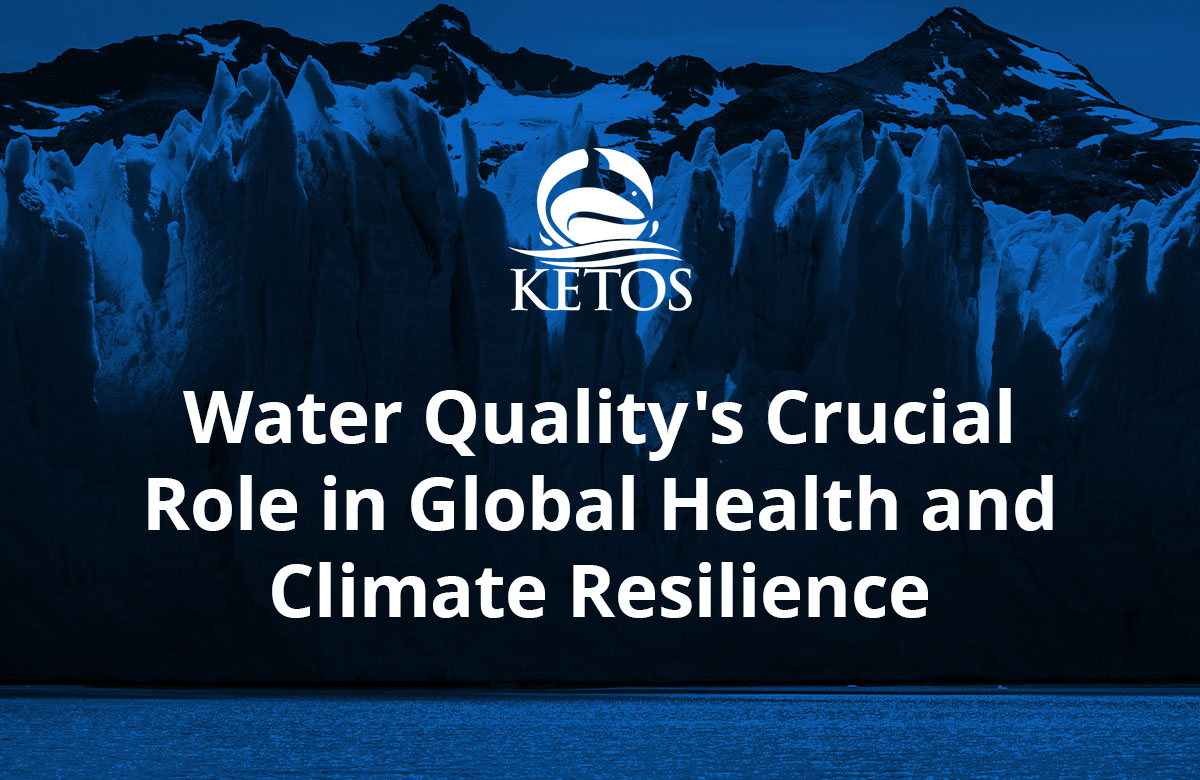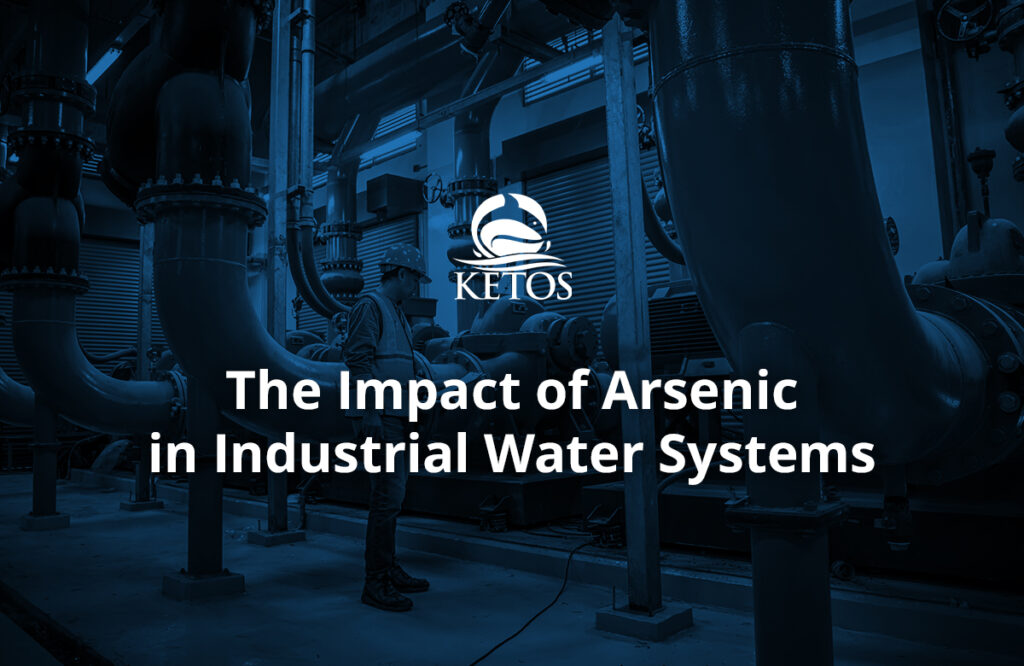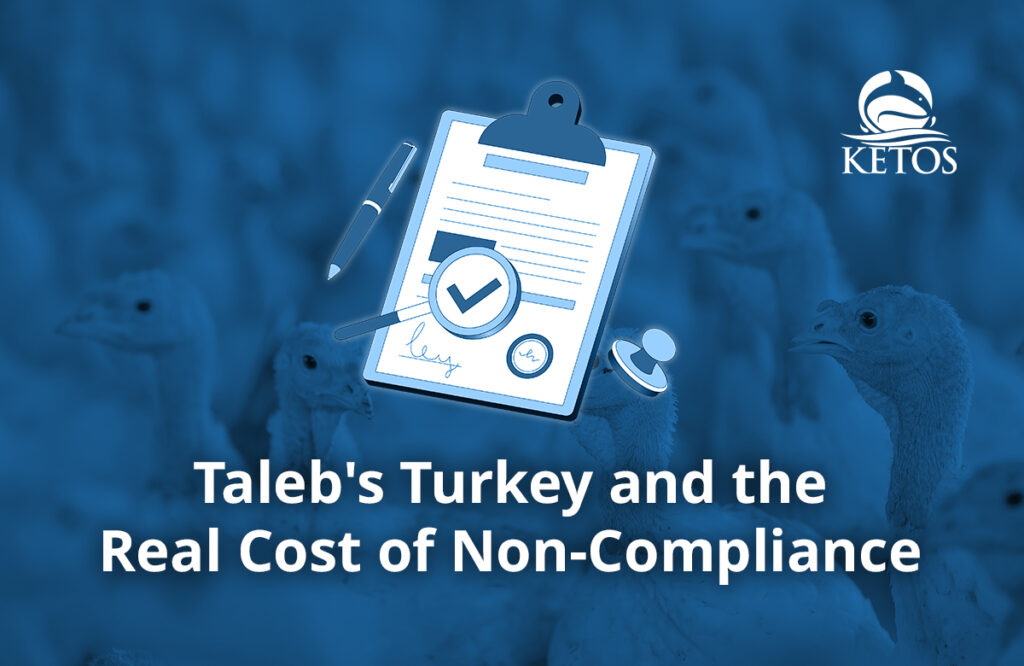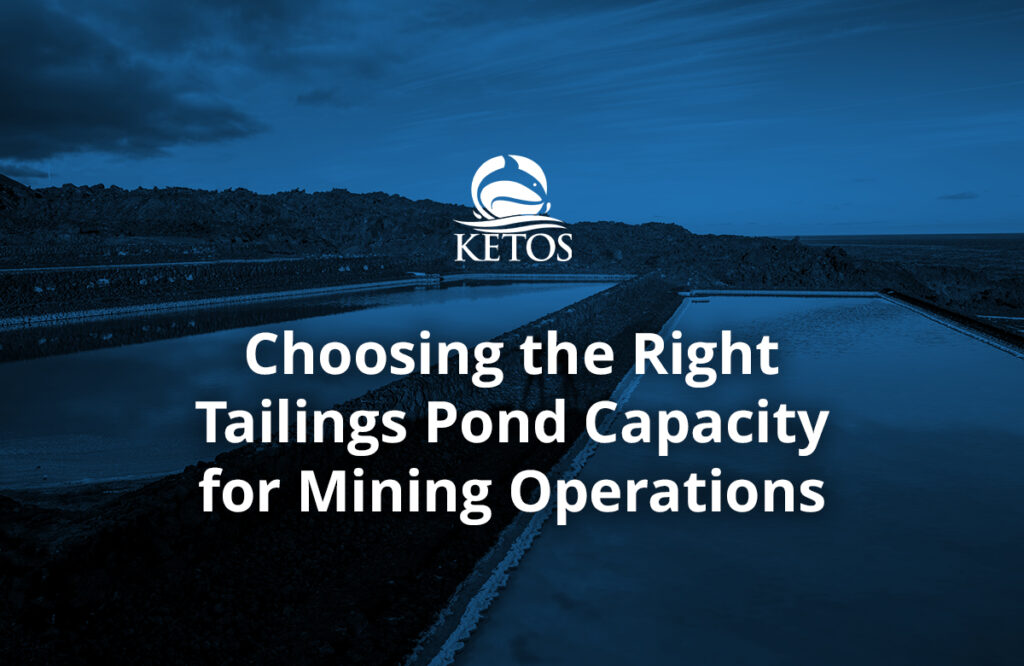As Climate Week takes center stage in New York City and worldwide, it’s an opportune moment to reflect on one of our planet’s most precious resources: water.
In all its forms, water is the essence of life, sustaining ecosystems, economies, and societies. Yet, amidst the dire warnings of climate change and its catastrophic impacts, one aspect that often remains in the shadows is the pivotal role that water quality plays in world health and our ability to avoid or offset the worst effects of climate change.
Today, we will explore why water quality is integral to global health and how protecting it can be a crucial tool in our arsenal to combat climate change.
The Water Quality-Climate Change Connection
Water quality and climate change are inextricably linked. The repercussions of climate change on our planet are vast and multifaceted, from rising temperatures and sea levels to extreme weather events.
These changes have profound implications for water resources, making understanding the connection between water quality and climate change essential.
Water and climate change are linked in a myriad of ways, including:
Water Availability: Climate change alters precipitation patterns and can lead to prolonged droughts or excessive rainfall in certain regions. This variability impacts the quality, quantity, and distribution of freshwater resources.
Sea Level Rise: Rising sea levels can lead to saltwater intrusion into freshwater sources, such as rivers and aquifers, rendering them undrinkable and unusable for agriculture.
Extreme Weather Events: Climate change intensifies weather events, such as hurricanes and typhoons, become more extreme. These events can cause contamination of water supplies and damage water treatment facilities. Ensuring the resilience of water infrastructure is essential to maintaining water quality during and after such events.
Health Risks: Waterborne diseases thrive in warmer temperatures. These warmer water temperatures can make the disease spread more rapidly. Poor water quality increases the vulnerability of communities to waterborne illnesses, which pose a significant health risk in a changing climate.
The Importance of Water Quality in Global Health
As climate change continues to affect regions across the world, communities must make bold steps to protect water to maintain:
Drinking Water Accessibility: Contaminated water sources can lead to various waterborne diseases and chemical-induced illnesses. Ensuring the quality of drinking water is paramount in safeguarding public health.
Agriculture and Food Security: Agriculture is highly dependent on water for irrigation. Poor water quality can harm crops, reduce agricultural yields, and threaten food security. Contaminated water used for irrigation can also introduce toxins into the food chain, endangering animal and human health.
Ecosystem Health: Aquatic ecosystems are sensitive indicators of water quality. Pollution and contaminants in water bodies can disrupt ecosystems, leading to the decline of fish populations, harm to aquatic biodiversity, and, in some cases, the complete collapse of ecosystems.
Economic Impact: Water quality directly impacts economic productivity. Industries reliant on clean water, such as tourism, fisheries, and manufacturing, can suffer significant losses when water quality deteriorates. These financial repercussions can, in turn, affect the livelihoods and well-being of communities.
Mitigating Climate Change through Water Quality Protection
Protecting water quality can be a powerful way to mitigate climate change. By putting more emphasis on enabling sustainable water practices, communities can more effectively:
- Reduce Emissions: Wastewater treatment facilities are significant sources of greenhouse gas emissions. By improving the efficiency and sustainability of these facilities, we can reduce emissions and contribute to global efforts to combat climate change.
- Enhance Resilience: Climate change adaptation strategies often focus on building resilience in water infrastructure. This includes upgrading water treatment plants, diversifying water sources, and improving water distribution systems. Such measures not only protect water quality but also help communities fight the impacts of climate change.
- Sequest Carbon: Healthy aquatic ecosystems, such as wetlands and mangroves, act as carbon sinks, capturing and storing carbon dioxide from the atmosphere. Protecting and restoring these ecosystems can contribute to carbon sequestration efforts and reduce greenhouse gas concentrations.
- Practicing Sustainable Agriculture: Promoting sustainable agricultural practices that minimize water pollution and prioritize water quality can reduce agriculture’s carbon footprint. Sustainable farming methods can also enhance soil health, making it more resilient to the impacts of climate change.
- Water-Energy Nexus: Water quality and energy production are closely intertwined. Water is essential for cooling power plants and generating hydropower. By ensuring water quality, we can help maintain the efficiency and reliability of energy generation, which, in turn, supports a transition to cleaner, more sustainable energy sources.
How Technology Can Help Protect Water Resources
Technology has become vital in addressing water monitoring and sustainability challenges for companies, governments, and communities. It offers innovative solutions to manage water resources efficiently to ensure water quality and promote sustainability. Technology can be leveraged to protect water quality and accessibility via:
Remote Sensing and Data Collection
Internet of Things (IoT) devices can be placed in water bodies, pipelines, and treatment plants to collect data on water quality, flow rates, temperature, and more. These sensors transmit real-time information for analysis.
Data Analytics and Modeling
Machine learning algorithms and advanced analytics can process large datasets to identify trends, predict water supply and demand, and optimize water management strategies.
Water Quality Monitoring
Deploying networks of water quality sensors allows for continuous monitoring, enabling timely responses to contamination events. More mobile, accessible data can empower communities to act faster when contamination events are detected to mitigate the worst effects of poor water quality.
Leak Detection and Water Loss Management
Smart water meters equipped with sensors and communication technology can detect leaks and irregularities in water distribution systems, reducing water losses. In the future, more mainstream use of blockchain technology can help track water usage and transactions, enhancing transparency and accountability in water management.
Water Conservation
IoT-based intelligent irrigation systems can optimize watering schedules based on weather data and soil moisture, reducing water waste in agriculture.
Water Resource Management
Using technology that leverages decision support systems and software can assist in allocating water resources equitably among users and sectors.
Water Quality Testing Devices
On-site lab-accurate water testing will allow for more regimented testing – even in remote areas – to enable rapid response to contamination incidents. On-site water quality analysis also reduces the need for transporting samples to distant laboratories, thereby avoiding detection delays or human error while collecting samples.
Public Awareness and Education
More transparent, public-facing technology can create educational platforms that raise public awareness about water conservation, pollution prevention, and sustainable water practices.
Policy and Governance
More reporting can lead to more transparency and traceability of water rights, ensuring equitable distribution and preventing water theft. In addition, open data platforms can enable governments and companies to share water-related information with the public and stakeholders, fostering collaboration and accountability.
KETOS: Helping Communities Monitor Their Water Effectively
KETOS specializes in providing advanced solutions for monitoring and managing water quality. Leveraging KETOS technology can significantly benefit communities in their efforts to protect their water resources and become more sustainable.
KETOS can help communities better manage their water via:
Real-Time Water Quality Monitoring
KETOS offers real-time monitoring solutions that continuously collect data points on water quality parameters, such as pH, turbidity, dissolved oxygen, and contaminants like heavy metals and toxins. Water operators can access up-to-the-minute information about their water quality, allowing for rapid responses to emerging issues or contamination events.
Early Warning Systems
KETOS can detect deviations from baseline water quality conditions, and the system allows water operators to set their own threshold-based. This is crucial for safeguarding water quality by promptly identifying and addressing potential threats to the water supply.
Data Analysis and Insights
The platform provides advanced data analytics capabilities, including machine learning algorithms, that can identify trends, anomalies, and potential sources of contamination. Public and private entities can use these insights to make informed decisions about water treatment, resource allocation, and pollution prevention strategies.
Reduced Water Waste
By monitoring water quality and distribution in real-time, KETOS helps communities identify and repair water infrastructure leaks and promptly handle equipment maintenance. This reduces water loss, conserves valuable water resources, and saves money on water treatment.
Compliance with Regulations
KETOS’ technology assists private companies and local communities in adhering to water quality regulations and standards by providing accurate, timely data for reporting and compliance purposes.
Smart Resource Allocation
With access to real-time data, communities can optimize their water treatment processes and allocate resources more efficiently. This can lead to cost savings and a reduced environmental footprint.
Industry Applications
KETOS is versatile and can be applied to various sectors, including municipal water supplies, agriculture, manufacturing, and more. This versatility allows communities to address multiple water-related challenges.
Data Sharing and Collaboration
KETOS’ data capture and reporting capabilities can facilitate data sharing and collaboration among stakeholders, including government agencies, water utilities, NGOs, and researchers. This collective effort can lead to more effective water management strategies.
Conclusion
Water quality is not a mere afterthought in the broader conversation about climate change and global health; it is a linchpin connecting these critical issues. As the world faces climate change and water quality challenges, we must recognize that protecting and enhancing water quality is an essential part of the solution.
During Climate Week and beyond, let’s commit to holistic approaches that safeguard water quality and ensure access to clean water supplies. By doing so, we can protect the health and well-being of communities worldwide and fight against the worst effects of climate change in order to foster a more sustainable and resilient future for everyone.
